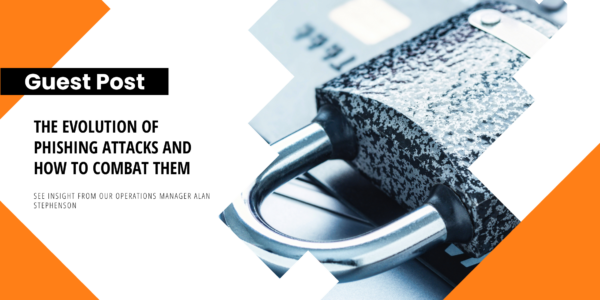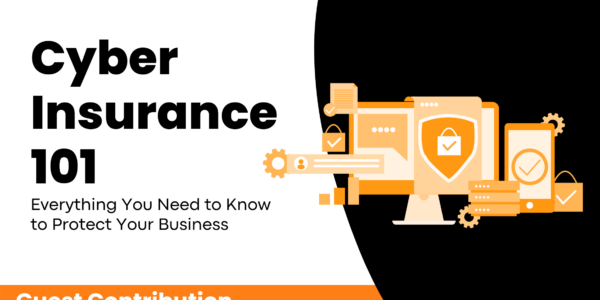Guest Post from Taylor Tabusa Key Points DMARC (Domain-based Message Authentication, Reporting, and Conformance) is…

5 Top Threats Cyber Security Services Defend Against
By the year 2025, it is expected that it will cost a total of $10.25 trillion to continue the battle against cyber crime. Given the fact that this is representative of the largest wealth transfer in human history, there isn’t much doubt about the size of the problem, nor about the need for everyone to do their part. While humans themselves have historically been the weakest links in preventing cyber crime (consider phishing and identity scams), cyber security services can contribute a great deal to defending corporate data. In this article, we’ll consider the five biggest cyber security threats out there today, and how cyber security services help to prevent them from happening to your business.
Cloud security threats
There are literally tons of opportunities for leaks to take place with so much data traveling between companies and various business partners. A tremendous amount of data passes between cloud providers and business organizations, and that gives cyber criminals their chance to hijack this data for their own purposes. With so many businesses now having moved to the cloud, it has become fertile ground for concentrated attacks by criminal-minded individuals. About 50% of all businesses are now on the cloud, so even more organizations will be positioned there in the future – which means there will be greater opportunity for cyber criminals.
Mobile security threats
Even though mobile computing hasn’t been around all that long, it hasn’t taken cyber criminals long to figure out vulnerable points and carry out attacks against them. In fact, since mobile devices have become so popular, they have become a particular point of interest to cyber criminals, simply because there are so many of them. There are app-based threats, web-based attacks, network attacks, and even physical threats against devices that don’t use PIN numbers or biometric security features.
Social engineering attacks
Social engineering attacks have grown even more prevalent in the last couple years, because more workers are signing on to work machines from home, where less protections are in place. These types of attacks are often the most successful because they usually involve tricking a human into providing passwords or other critical company data, and they all seem very safe and legitimate. Some of the most common ploys have criminals posing as company executives, and asking for specific company data, or using email attachments to unleash viruses into a company network.
Ransomware
The basic premise of ransomware involves a breach of the company network, and unleashing a virus that encrypts business data, thereby rendering it unusable. The cyber attacker will then ask for a sum of money in return for the data, and many companies simply have no recourse but to pay the ransom and hopefully get their data back. These kinds of attacks are growing exponentially, since Ransomware as a Service (RaaS) has now become popular. Kits can be purchased that will unleash ransomware on various companies, so the would-be cybercriminal can simply turn it loose on an unsuspecting business public.
Remote work threats
Working from home increased significantly during the height of the COVID-19 pandemic, and most remote workers have continued in that setup even after COVID has begun declining. This fact has not been lost on cyber criminals, who are doing their best to exploit the relatively weaker security computing environment. For instance, there are unsafe Wi-Fi networks, email and phishing scams, unencrypted file-sharing, and workers will often use personal devices for work. Most personal devices lack the security protection necessary to safeguard business data, and this provides an opening for cyber criminals to carry out attacks.
Ready to protect your work environment with Cyber Security Services?
Contact us to today to learn more about optimizing your defenses.


